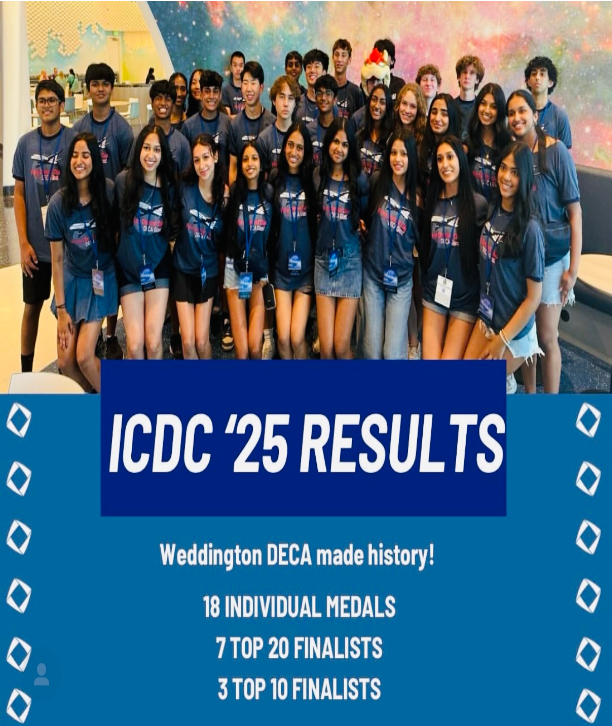US Supreme Court Revists Affirmative Action in College Admissions
February 10, 2022
Dating back to the 1960s, universities in the United States have used affirmative action as a simple way to racially integrate students. Over the past few years, the fairness and necessity of race-conscious admissions have been continuously questioned. Resurfacing once again, the US Supreme Court agreed to review affirmative action practices in higher education. The case of Students for Fair Admissions Inc. v. President and Fellows of Harvard College is being paired with the case against the University of North Carolina. Both cases were initiated by Students for Fair Admissions who argue that both Harvard and the University of North Carolina have “racially gerrymandered their freshman classes in order to achieve prescribed racial quotas.” The case suggests that “every college applicant should be judged as a unique individual, not as some representative of a racial or ethnic group.” The argument against Harvard is that the university has allegedly been targeting Asian American applicants as their rejection rate is disproportionately higher than other students, and the University of North Carolina has allegedly been favoring Black, Hispanic, and Native American applicants over white and Asian ones.
Although the Students of Fair Admissions claim to represent all minorities, students are divided between the two sides of the case. Benjamin Chang, a Harvard student, publicly diverged from the Students of Fair Admissions argument of abolishing race-conscious admissions. Reminiscing on his interactions at Harvard, Chang discusses how “talking with [his] roommate about how he faced racism in Mississippi taught [him] more about the Black experience than [he] ever could have learned in a classroom.” On the flip side, Jason Xu, the president of the Silicon Valley Chinese Association Foundation, speaks for several Asian Americans who believe that their academically high-performing children were ignored simply because of their Asian descent. Outside of the family/student perspective, professors also have conflicting views on the continuation of affirmative action. Brian T. Fitzpatrick, a law professor at Vanderbilt University, believes that recently, “universities have become obsessed with racial preferences” to a point where it seems to be the most important factor in admissions. Meanwhile, supporters of affirmative action, such as Lee C. Bollinger, the president of Columbia University, argue that the “impact of racism demands a recommitment to affirmative action, not its abandonment.”
If college admissions became completely “color-blind” in the future, what could change? Currently, as a way to maintain diversity in schools, a minority student with lower test scores could be accepted over a white student with higher scores. However, if race is terminated as an admission factor, this would no longer be the case. Data taken from Harvard’s class of 2019 reveals that if race had not been accounted for, the percent of accepted African American students would have dropped from 14% to 6%. This trend would be expected across the nation, ultimately decreasing the number of Latino, Black, and Indigenous students attending universities, but allowing all students to receive a fair chance of admission without the potential that their academic capabilities are overlooked.
The Supreme Court ruling is not expected until spring or summer of 2023. In the meantime, lower courts have found the admission policies of Harvard and UNC to be constitutional. As a decision is awaited, students, parents, and citizens all question whether affirmative action has developed into a corrupt factor in college admissions, or if it stays true to its original purpose of integrating students.










